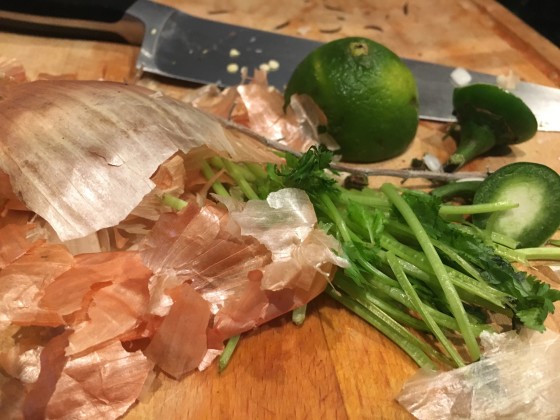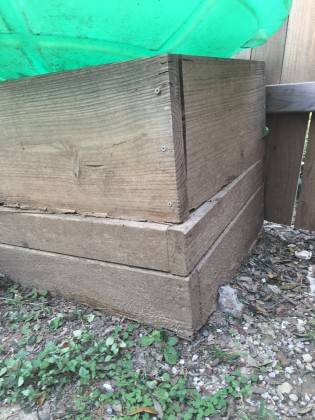A strong proponent of Gardening being therapeutic, I start my day in my backyard, watering my potted flowering plants, raised vegetable beds and fruit trees, while enjoying my morning coffee. Twiddling in the Garden, I have nurtured Figs, Peaches, Plums and Lemons, and working on Orange, Loquat, Papaya, and Guava trees! I like to grow herbs like Basil, Mint, Curry Leaves, Rosemary, Oregano, Parsley, and Lemon Grass which can be used in everyday cooking . I also grow jalapenos, bell peppers, squash, beans, okra and what ever vegetables which decide to grow from the many seeds and saplings I plant every season. The joys of growing fruits, vegetables and herbs in your own garden and cooking with them is immense. But besides growing fruits and vegetables and cooking with them, I have also been composting. This step takes the reaping and enjoying your garden harvest to the next level by contributing towards a healthy soil structure from your very own kitchen!
Composting involves just collecting food scraps and composting them and making a nutrient rich soil for your garden. The kitchen scraps I collect are onions skins, vegetable and fruit peels, tea bags, coffee grinds, cut flowers, egg shells etc. which when mixed with basic soil breaks down to a nutrient and mineral rich soil for the plants.
The first step in composting is to collect the daily scraps in your kitchen. I used to have a small stainless steel trash can in the kitchen to collect my compost and then threw the collection every other day in the compost crate in the back yard. But over the years I figured the rotten odors, fruit flies and the requirement to wash the smelly trash can reduces your motivation to compost. Hence we came up with a smart solution of using disposable containers like yogurt tubs, or coffee cans or salad boxes which get used once or twice as a compost collector and then thrown. It’s composting and recycling both at the same time.
The second step is creating a place to compost in your backyard. Our compost crate in our backyard was created by digging a 2-3 ft hole and stacking two square raised beds on bare earth. The raised boxes are then covered by a lid to keep odors and other animals away. This kind of compost crate helps the food scraps get exposed to soil and earthworms and helps it breakdown faster.
The many benefits of composting are:
- The rich humus soil additive you are creating with nutrients and organic matter, which will help in healthy organic gardening.
- The smart solution of recycling your kitchen waste;
- Substituting homemade compost instead of chemical fertilizers for your garden.
- Decreasing your contribution to the landfill by reducing the amount of garbage you throw.
- By composting, you are saving the environment in so many ways!






